By understanding the primary transportation agency roles included in this chapter, the DOT gains insight into the current state of the agency from each of these perspectives and how to use strategies to improve capabilities that address change forces.
Transportation agency roles are central to providing clarity on:
• Ownership of responsibility for specific strategic, operational and tactical functions and activities, and
• Enabling effective lines of communication among other roles within and outside of the agency
Roles are various functional positions within the organization. Change forces may impact each role in a different way, and each role has a different part to play in building agency capability.
This chapter identifies selected resources that may be helpful to support capability building efforts for each role.
Guidance for each role includes the following sections:
• Identification of change forces that are most relevant to the role, the associated challenges and opportunities created by these change forces, and the responsibilities of the role for capability building
• Strategies that can be used to build organizational capabilities
• Initial steps that can be considered
• Resources that can be used to obtain further information and guidance on the change forces and strategies
This guidance does not represent an exhaustive list of roles, but includes the primary categories of leaders and practitioners that are critical to the operation of a typical state transportation agency. Note: The roles-based guidance represents the most critical roles at the time of publication. This guidebook establishes a framework for the flexible online guidance that provides for additional roles, evolving change forces, new strategies and emerging resources over time.
Click a role below for a brief introduction to a role, and follow the links provided for more information.
Where to Begin
- Track emerging technologies and work closely with business functional leads to identify an implementation strategy and roadmap.
- Explore techniques to increase speed of technology deployment (such as agile development or software as a service)
- Work with the HR Lead to update position descriptions to reflect current needs, and brainstorm new strategies to recruit, retain and develop IT professionals.
- Pursue partnerships with academic institutions and contract arrangements with private firms to supplement existing agency staff expertise.
- Stay in touch with CIOs in other DOTs to learn about noteworthy practices and lessons learned.
Where to Begin
- Monitor policy issues facing transportation and develop strategies to respond
- Understand the agency gaps to incorporating and leveraging effective mode-neutral performance-based planning and asset management
- Keep in touch with Planning Directors in other DOTs to learn about noteworthy practices and lessons learned
- Foster internal relationships, develop new methods and practices to plan effectively across organizational silos and leverage new data and technology
- Monitor new federal requirements, confer with agency leaders, and identify and respond to needed adjustments
- Work with the Communications Lead to craft messaging that reflects the operational and multi-modal focus, and expresses the agency’s integrated planning approach
Where to Begin
- Track emerging technologies and work with the appropriate agency leaders and stakeholders to create an implementation strategy and roadmap.
- Work with the HR Lead to monitor leadership and staff bench strength and provide guidance on organizational adjustments that may be needed to align skills with strategies.
- Stay in touch with CEOs and COOs in other DOTs to learn about noteworthy practices and lessons learned.
- Work with agency leaders to develop strategies that will foster a learning organization and accountability for results.
- Monitor new federal and state requirements, confer with agency policy leaders and assign responsibility for integrating these new requirements with the agency’s strategy, policies and business processes.
- Create opportunities for ongoing, face-to-face and other meaningful contacts with staff and transportation stakeholders.
Where to Begin
- Investigate emerging skills gaps to understand the resources needed to incorporate and maintain effective social media practices.
- Make contact with communications leads in other DOTs to get ideas and guidance on successful communication practices in light of change forces.
- Work with agency leaders to adapt branding to reflect changing strategies.
- Interview agency leaders about the impacts of legislation and adjust communication strategies to respond to the changes.
- Assess current communication vehicles and determine better ways to communicate that will support transparency and accountability.

Where to Begin
- Monitor federal and state legislation related to funding and finance and assess risks and opportunities for the agency
- Track emerging technologies that could enhance efficiency or effectiveness of financial management processes and work with the information technology lead to integrate these into the agency’s IT strategic plan.
- Identify financial management strategies to leverage new opportunities to improve the use of funds and maximize investments.
- Facilitate the agency’s use of P3s and other alternative funding mechanisms, including tolling.
- Investigate options for transportation pricing and value capture to support investments.
Where to Begin
- Monitor federal requirements and integrate them with business processes and practices
- Track new data sources and assess how they might be used to strengthen performance management
- Incorporate scenario-building and forecasting to respond to legislative requirements related to performance-based planning and programming
- Establish a mechanism for continuous performance and process improvement
- Monitor and measure results to improve linkages between performance targets and investment outcomes
- Assess current data visualization and determine better ways to communicate that will support transparency and accountability
Where to Begin
- Identify high impact operations strategies for implementation
- Track emerging technologies that could enhance efficiency or effectiveness of transportation systems operations
- Create a committee to discuss the implications of advancing operations technologies and identify a future implementation strategy for the agency
- Work with the HR lead to fill current gaps in skills needed for effective system operations management
- Pursue partnerships with other agencies to enhance mobility and safety
Where to Begin
- Interview agency managers to understand emerging skills gaps (in collaboration with Knowledge Management Lead)
- Monitor leadership and staff bench strength and provide guidance on organizational adjustments that may be needed to align skills with strategies (in collaboration with CEO/COO)
- Review workforce management and succession planning guidance documents
- Investigate noteworthy practices for understanding and addressing competencies, capabilities, knowledge, skills and abilities needed in the future transportation agency
- Develop new or modified position descriptions for future workforce needs
- Develop new recruitment strategies to appeal to a new generation of workers, consider career changers and non-traditional applicants, emphasize work life balance and other advantages of public agency work
- Talk with HR Leads in other DOTs to learn about noteworthy practices and lessons learned
- Monitor new federal requirements, confer with agency policy leaders, and identify and close related workforce gaps
Where to Begin
- Review relevant knowledge management guidance documents
- Make contact with knowledge management leads in other DOTs to get ideas and guidance on successful practices
- Conduct a risk assessment to identify the most pressing concerns to be addressed
- Interview agency managers to understand emerging skills gaps (in collaboration with HR leads)
- Identify existing knowledge management initiatives in the agency that may not be explicitly called “knowledge management”
- Create an implementation plan to address key risks